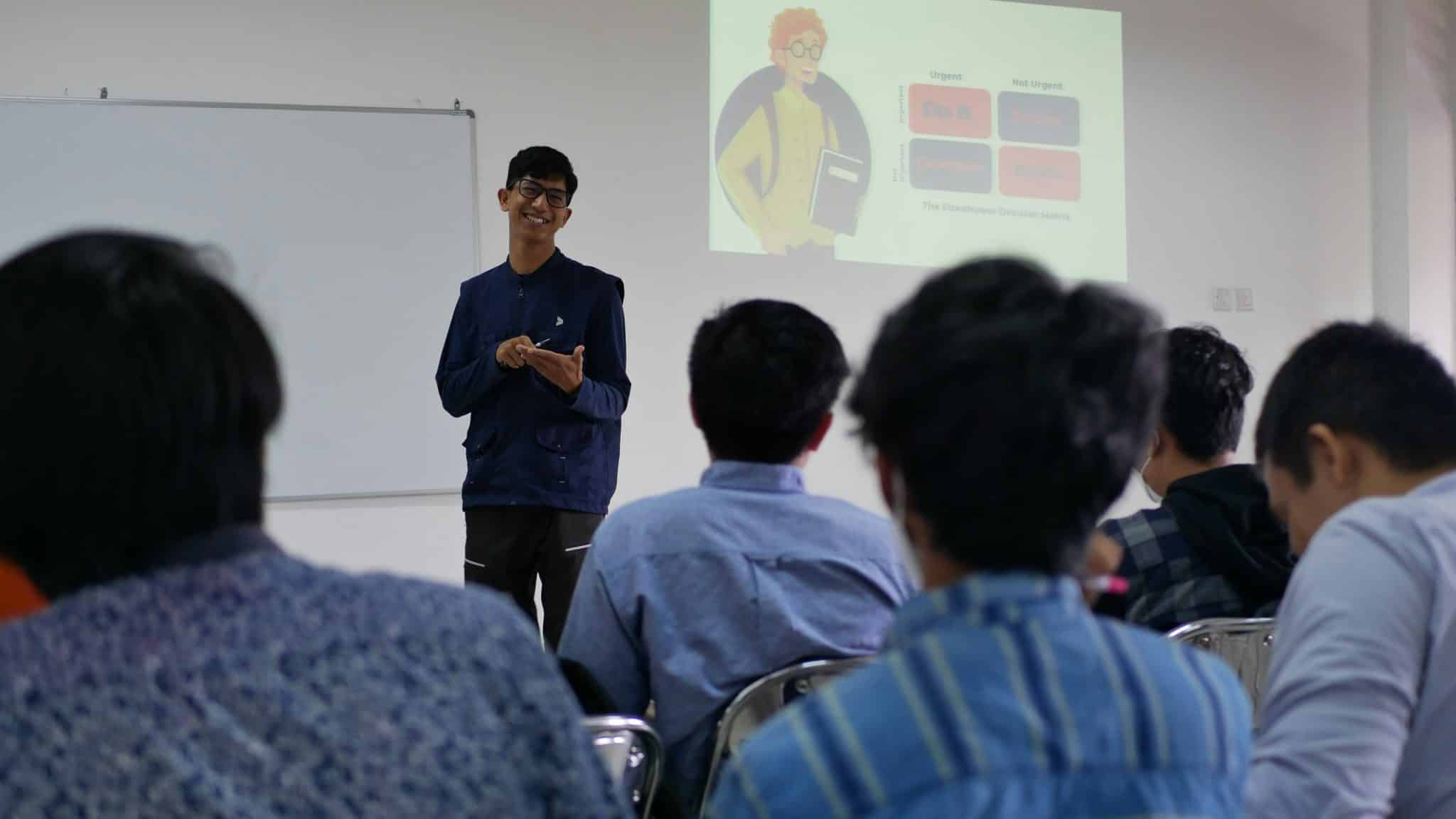Google Ads Myths Busted What Actually Drives Results in 2025


Myth 1: The Highest Bid Always Wins
Reality: Ad Rank, Not Just Bidding, Determines Placement
Many advertisers assume that increasing their bid will automatically secure the top ad position. However, Google Ads operates on Ad Rank, which considers:
- Bid Amount – How much you’re willing to pay per click.
- Quality Score – Based on ad relevance, expected CTR (Click-Through Rate), and landing page experience.
- Ad Extensions & Formats – The more useful your ad structure (e.g., sitelinks, callouts, lead forms), the better your rank.
Even a lower bid can outperform a competitor if the ad quality is superior. Instead of simply increasing bids, focus on refining ad copy, improving landing pages, and optimizing for user intent.
Myth 2: Broad Match Keywords Waste Budget
Reality: AI-Driven Broad Match Can Enhance Results When Used Properly
Historically, broad match keywords had a bad reputation for triggering irrelevant traffic. However, in 2025, Google’s AI-driven broad match+Smart Bidding strategy significantly improves targeting accuracy.
Broad match works well when paired with:
- Smart Bidding Strategies (e.g., Target CPA, Maximize Conversions) to optimize for valuable clicks.
- Negative Keywords to exclude irrelevant searches.
- Audience Signals to refine intent-based targeting.
When properly configured, broad match expands reach without wasting budget, identifying new high-intent customers beyond exact and phrase match limitations.
Myth 3: Manual Bidding Is More Effective Than Smart Bidding
Reality: Machine Learning Now Outperforms Manual Optimization
In the past, experienced advertisers favored manual CPC bidding for control over ad spend. However, Google’s Smart Bidding has evolved to analyze vast datasets in real-time—something manual optimization can’t match.
In 2025, machine learning-based bidding strategies like:
- Maximize Conversion Value – Adjusts bids based on expected revenue.
- Target ROAS (Return on Ad Spend) – Focuses on high-value conversions.
- Target CPA (Cost-Per-Acquisition) – Optimizes bids to meet acquisition cost goals.
Outperform manual bidding in efficiency, scalability, and performance across industries.
Myth 4: Google Ads Works Best for E-Commerce Only
Reality: Service-Based Businesses Can Drive High-Value Leads
While Google Shopping Ads dominate in e-commerce, service-based businesses (B2B, real estate, SaaS, finance, legal, healthcare) can generate qualified leads using:
- Lead Form Extensions – Captures inquiries directly from the search page.
- Call-Only Ads – Targets users ready to take action immediately.
- Local Services Ads (LSAs) – Boosts visibility for location-based businesses.
With a well-structured strategy, Google Ads is just as effective for lead generation as it is for product sales. Consulting with a Google Ads consultant can help tailor campaigns for maximum ROI.
Myth 5: Google Ads Success = More Traffic
Reality: ROI and Lead Quality Matter More Than Click Volume
Clicks don’t equal conversions. A well-performing campaign isn’t just about increasing traffic—it’s about attracting the right audience. In 2025, smart advertisers focus on:
- Conversion Rate Optimization (CRO) – Ensuring landing pages align with search intent.
- Audience Segmentation – Using first-party data to refine targeting.
- Ad Copy Testing – A/B testing ad creatives to improve engagement.
Tracking cost-per-conversion, lead quality, and ROI metrics is more important than simply chasing higher click-through rates (CTR).
What Actually Drives Google Ads Success in 2025?
To stay ahead, advertisers need to embrace data-driven, AI-enhanced strategies while continuously testing and refining campaigns. The winning formula includes:
- Smart Bidding & AI Optimization
- First-Party Data & Audience Targeting
- Conversion-Focused Landing Pages
- Full-Funnel Marketing Approach
- Regular A/B Testing & Adjustments
Google Ads in 2025 isn’t about outdated hacks—it’s about leveraging AI, intent-based targeting, and conversion-focused optimization. By shifting strategies based on data, businesses can maximize ad performance and revenue generation.









